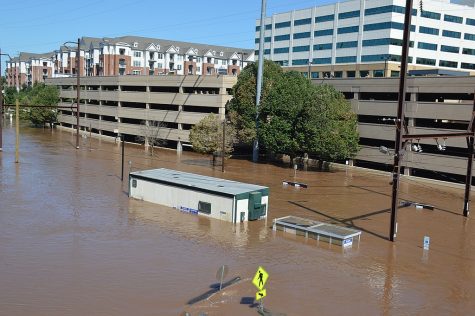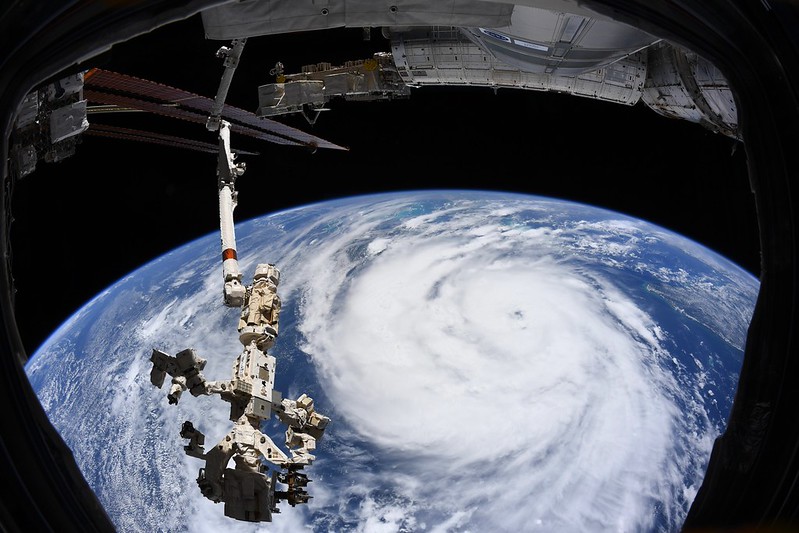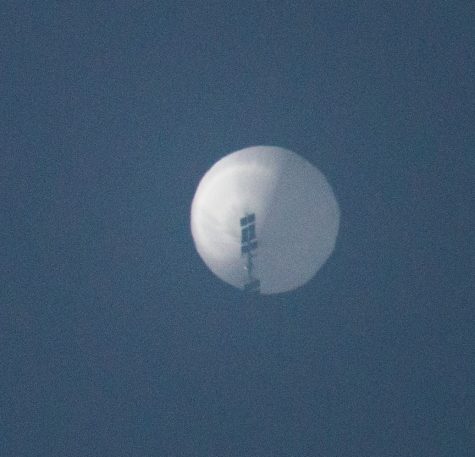Hurricane Ida Wreaks Havoc
Ramifications will be felt form months
Hurricane Ida makes landfall, as seen from space.
The recent hurricane in Louisiana known as “Hurricane Ida” has killed 82 people and caused severe power outages. The power outages have quickly spread to Mississippi, leaving over one million people in the dark and those who evacuated without any certainty of return. While many people could evacuate, many more were not able to because of transportation and financial challenges.
This hurricane has also caused extreme flooding and damage to many buildings including hospitals where patients needed to be relocated. Many comparisons can be made between Hurricane Ida Hurricane Katrina. However, a major difference between the two is the amount of flooding. Hurricane Katrina left 80% of New Orleans under water, but that didn’t happen with Hurricane Ida because of local and federal government funding for improved leveys, locks, and flood gates.

Ida is directly linked to the increase of natural disasters, especially affecting coastal communities. This increase is because of climate change and Earth’s warming temperature. According to NASA, the planet’s average surface temperature has increased by about 2.12 degrees fahrenheit since the late 19th century. This has numerous effects on our world including an increase in natural disasters. Oxfam international estimates that the number of climate-related disasters in the last 30 years have tripled. Rising surface temperatures increase the likelihood and severity of droughts and wildfires. The ocean has also absorbed much of this heat because the Earth stores 90% of the extra energy in the ocean. Because of this extra energy, the ocean creates excess water vapor which fuels hurricanes, typhoons, and torrential rain. This increases the severity of hurricanes, flooding, and sea levels which all affect coastal communities like New Orleans.







